Fauna Finder
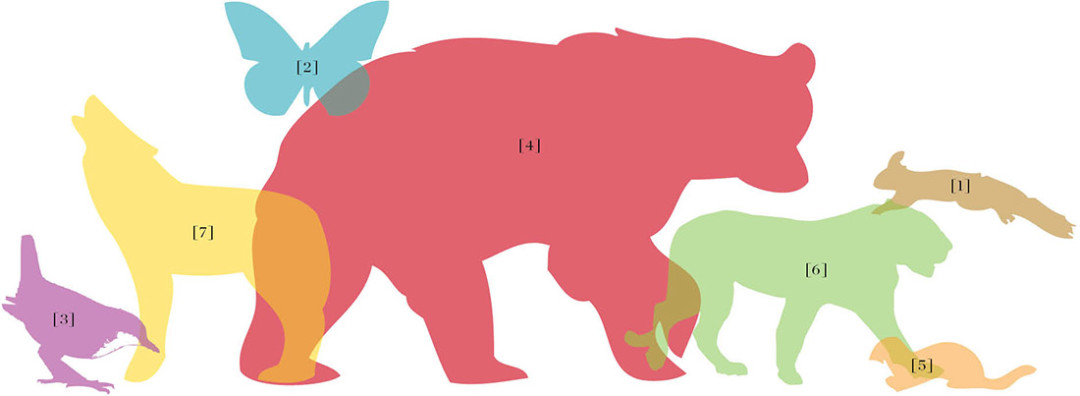
Image: Courtesy: Shutterstock
Parts of the country are seeing troubling declines of moose, but near Aspen and Snowmass the moose is on the rise. In fact, Alces alces, the largest existing species of the deer family, is fast becoming a familiar sight in the local backcountry.
Nowhere is the minor moose explosion more evident than the public lands of the upper Maroon Creek Valley, including the Maroon Bells Scenic Area and places like Crater and Maroon Lakes. The leading explanation, according to state wildlife managers, is that moose wandering out from reintroduced populations near the Grand Mesa and the town of Gunnison—to the west and south of the Aspen area, respectively—have met in the middle, in the heart of the Elk Mountains. Last June, at the Bells, U.S. Forest Service officials confirmed the arrival of the first adorable and wobbly calf.
Confirmed moose sightings have also come from other popular backcountry areas nearby, including the Fryingpan, Hunter Creek, Castle Creek, and all around the controversial Thompson Divide zone, south and west of Carbondale.
All the excitement over the local moose boom prompted us to consider some of the other interesting “locals” in our backcountry. We checked in with Jim Kravitz, director of naturalist programs at the Aspen Center for Environmental Studies, for some help in ranking a selection of local wildlife from most likely to least likely that you’ll actually see them when you’re out and about this summer.
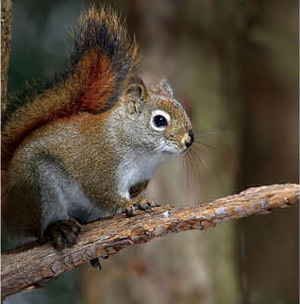
Image: Courtesy: Shutterstock
American red squirrel
(a.k.a., pine squirrels, chickarees, fairydiddles)
Chickarees are small, über-athletic and much more interesting than, say, “the big American gray squirrel that people are probably used to seeing in the suburbs,” says Kravitz. Chickarees are also very common near here, in summer and winter. They feed on pine seeds, and people are probably familiar with their distinctive discard piles—piles upon piles of pine cone scales called middens—at the foot of trees.
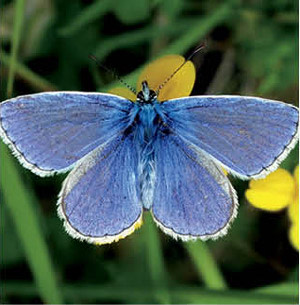
Image: Courtesy: Shutterstock
Common Blue
(a.k.a., little blues)
These butterflies like to stick together, so sightings often come in bunches—little microbursts of baby blue—often near water and wetlands. “We see them all summer,” says Kravitz. “They’re very pretty, and there’s nothing else like them.”
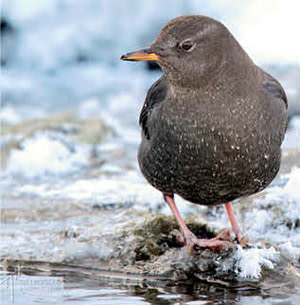
Image: Courtesy: Shutterstock
American Dipper
(a.k.a., Water Ouzel)
The Dipper is built like a fishing bobber, “dark gray and plump overall, with long legs and a short tail,” according to the Sibley guide. The bird is “uncommon,” says the guidebook, but birders the world over come to places like Aspen just to see them. You’ll find them where the water runs fast and cold, bobbing in-and-out of the current between rock islands and banks, including on close-to-town stretches of the Roaring Fork River and Hunter Creek. “You can see them all year,” says Kravitz. “It’s like no other bird—it’s like they’re riding an inner-tube, swimming around looking for invertebrates.”
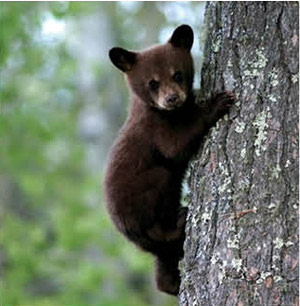
Image: Courtesy: Shutterstock
American black bear
Some summers you can’t avoid them; other years they’re complete ghosts. They amble, they ramble, and they have been known to pick clean crab apple trees and dumpsters alike—sometimes in the same afternoon. Yeah, we’re talking about a longtime Aspen favorite, the big ol’ bruin, the American black bear. Aspen bears are generally a simpatico bunch, and statistics support the theory that in-town sightings are linked to the out-of-town availability of natural forage. Last summer, for example, a bumper-crop season for berries, Aspen police fielded only fifty-four so-called “bear calls,” whereas in the parched summer of 2012, the department took more than 1,000.
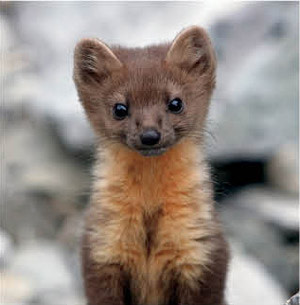
Image: Courtesy: Shutterstock
American pine marten
With shiny and luxuriant fur said to resemble a sable’s, the pine marten is long and slender-bodied with large rounded ears and a bushy tail. Near Aspen, martens are often spotted around cabins and woodpiles in wintertime. “We only see them occasionally,” says Kravitz. These critters epitomize fast and seem to move in a series of streaky flashes—here, then there, then gone.
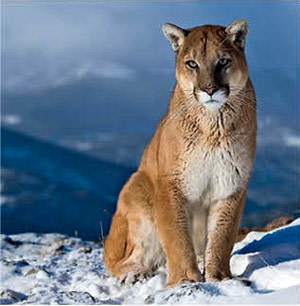
Image: Courtesy: Shutterstock
Mountain Lion
(a.k.a., cougar, catamount)
If you see a mountain lion, the saying goes, chances are that lion has been looking at you for a long time already. Yes, mountain lions are some of the Roaring Fork Valley’s most elusive characters, and a good many veteran outdoorspeople in the area will tell you they are still looking forward to their first big-cat sighting. The valley is home to lynx and bobcats, too. “They’re all here, and they’re all unseen, largely,” says Kravitz. “I’ve only seen one lion in all my time out.” Recent reports placed lions in backyards along 8th Street in town, but the scrubby red draws and mountainsides of Woody Creek and the Fryingpan are more the lions’ preferred range.
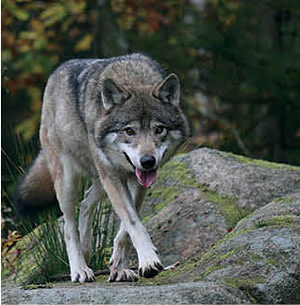
Image: Courtesy: Shutterstock
Gray Wolf
(a.k.a., timber wolf)
The gray wolf, Canis lupus, was eradicated from Colorado by about 1940, but to this day state wildlife managers receive regular reports of sightings—on the order of four or five is a “busy wolf month,” according to one state biologist. Most of those sightings aren’t thought to be credible, but twice individual wolves have made the trek down to Colorado from near Yellowstone National Park, the epicenter of a successful and controversial tri-state reintroduction plan in 1995. Now, with recent news that a separate wolf pack in the Pacific-Northwest pack is expected to cross into California any day, some wildlife experts theorize that Coloradoans are next in line to hear the call of the wild.













































